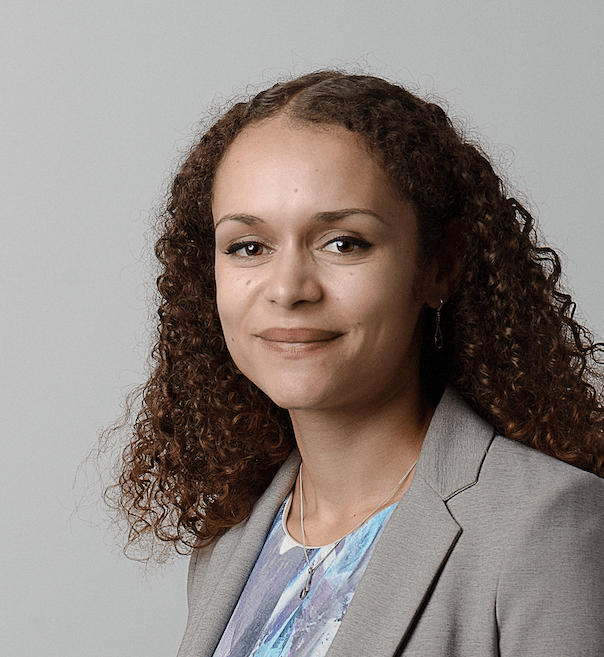With year end pressure on, it can be very easy to confuse aspects of the tax relief and the annual allowance rules, says Jessica List, Pension Technical Manager, Curtis Banks.
Towards the end of the tax year lots of savers consider making additional contributions, leading to a surge in queries relating to tax relief, the annual allowance, and carry forward.
Sometimes these additional contributions arise from general tax year end planning, or external factors such as individuals receiving bonuses in the early months of the year. Sometimes savers have waited until the end of the tax year to get a better idea of their situation before making the contribution: for example, people who are affected by the tapered annual allowance and want to be as sure as possible about their calculations.
These situations are more likely to involve considerations of how much tax relief is available, and whether or not the annual allowance and carry forward will be factors. With the added pressure of a looming deadline and tight timescales, it’s very easy to consider one without the other, or to confuse aspects of these overlapping sets of rules.
Case study
For example, let’s consider a situation where a client – Sarah – has inherited £60,000 that she would like to pay into a pension as quickly as possible, but without missing out on tax relief or exceeding any allowances. She has waited until the end of the tax year to make sure unforeseen circumstances, such as a change in salary, don’t affect her calculations. Sarah joined her first pension last tax year, so has one year from which she can carry forward unused allowance. She earns £48,000 and makes use of a generous matched contribution scheme which sees her and her employer contribute 30% of her salary in total.
Sarah has £25,600 of carry forward available after last year’s regular contributions, giving her a total potential annual allowance this year of £65,600. Taking off the regular contributions from this year, Sarah has £51,200 of allowance remaining. Sarah has inherited enough money to contribute a further £51,200, and would not incur an annual allowance charge for doing so.
However, this would only meet one of her objectives: £51,200 would not take Sarah over the annual allowance, but it is in excess of the amount she can contribute while claiming tax relief. That is determined by her earnings for this year – £48,000 – and is not affected by carry forward.
Sarah has already personally contributed £7,200 this year from her half of the matched contribution, meaning she can contribute a further £40,800 (gross) while claiming tax relief. She would need to pay £32,640 as a net contribution; her provider would then reclaim £8,160 of tax relief to make up the £40,800. Sarah will then have contributed as much as possible this year while claiming tax relief and without exceeding her allowance. As she will still have some remaining unused carry forward, she could consider using this to make a further additional contribution in the following tax year.
Where mistakes do happen, remember that it’s not always possible for them to be reversed. The ‘genuine errors’ provisions generally only cover administration type mistakes, such as someone sending money to their pension instead of their ISA by accident. If someone unintentionally contributes above their earnings for the year – for example, if Sarah had contributed her £32,640 earlier in the year and then moved to a lower-salary job – the provider can pay a ‘refund of excess contributions lump sum’ to return the excess amount. However, contributions which take someone over their annual allowance generally cannot be returned.





























